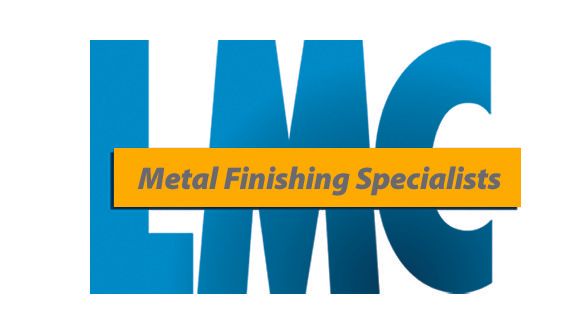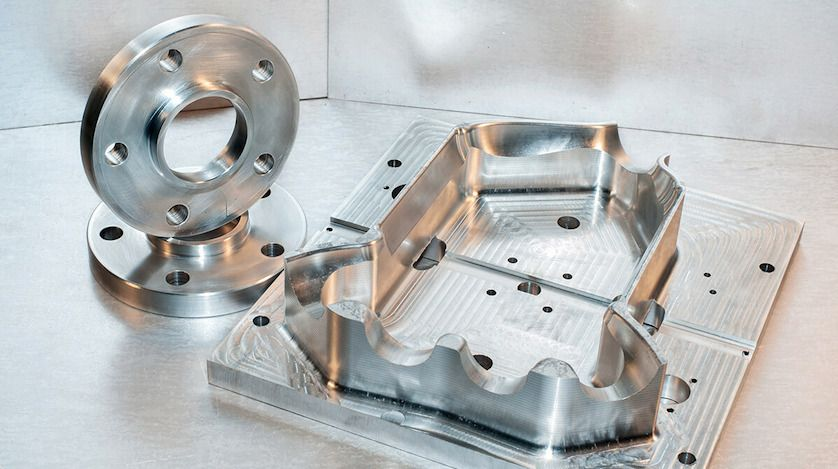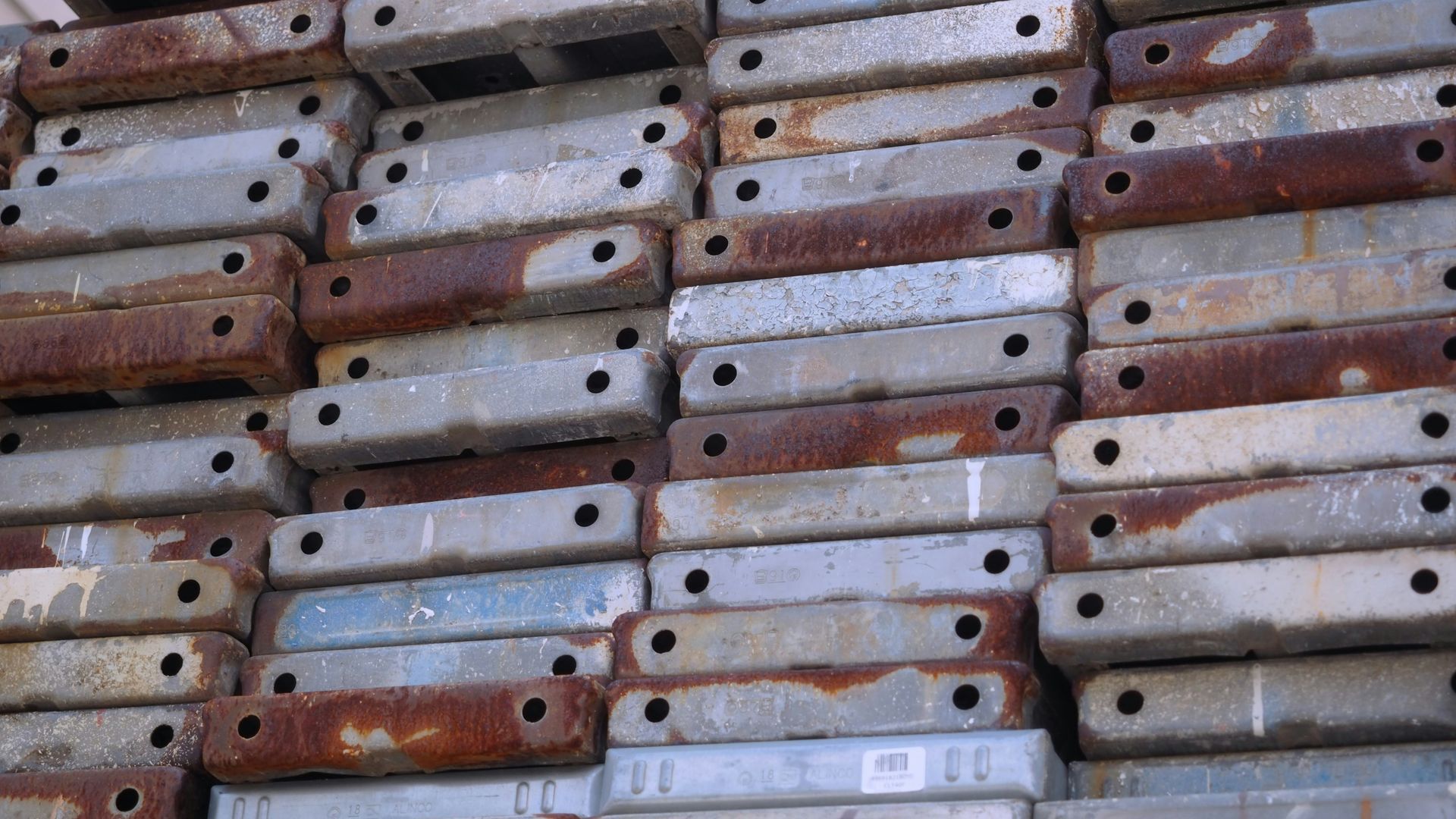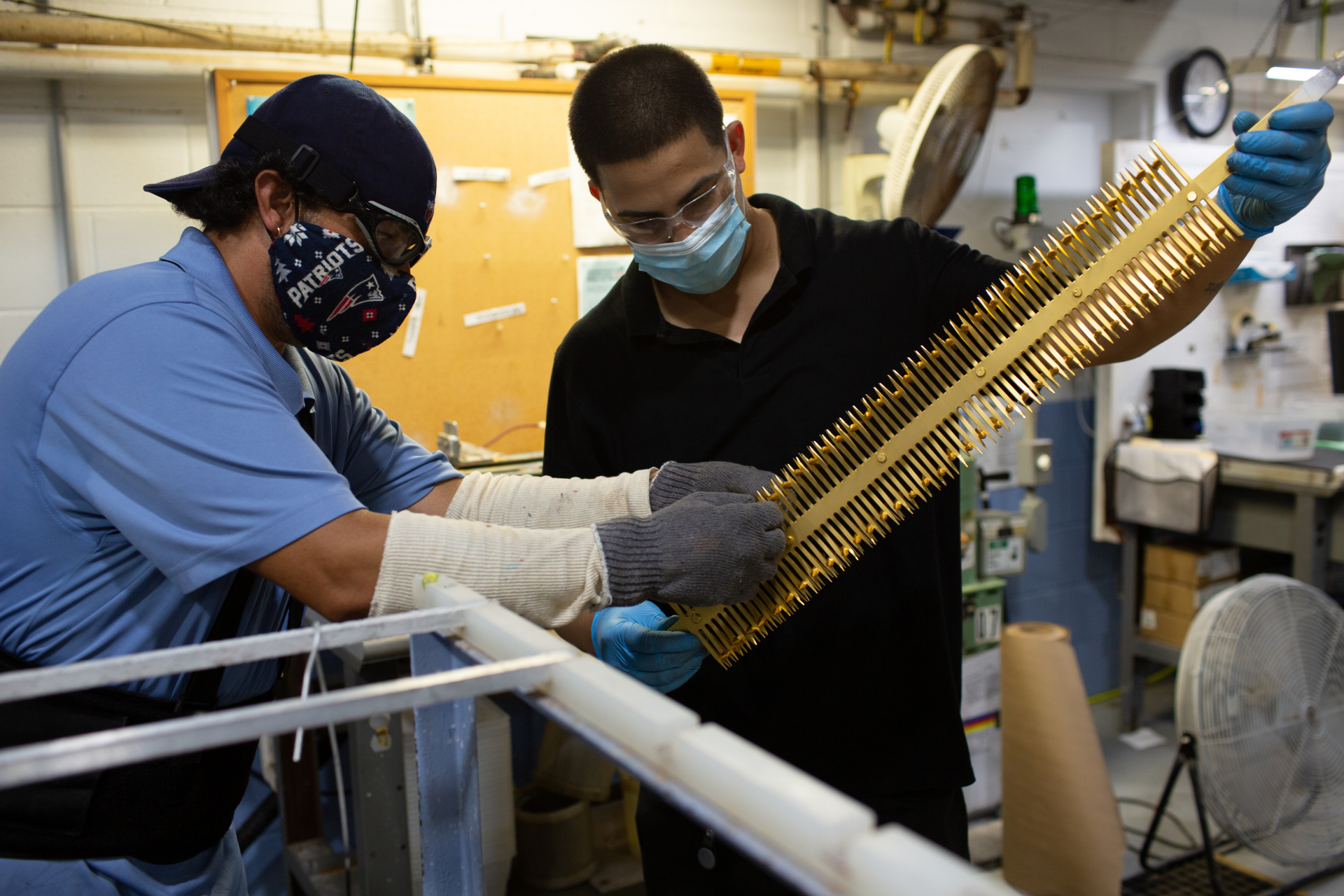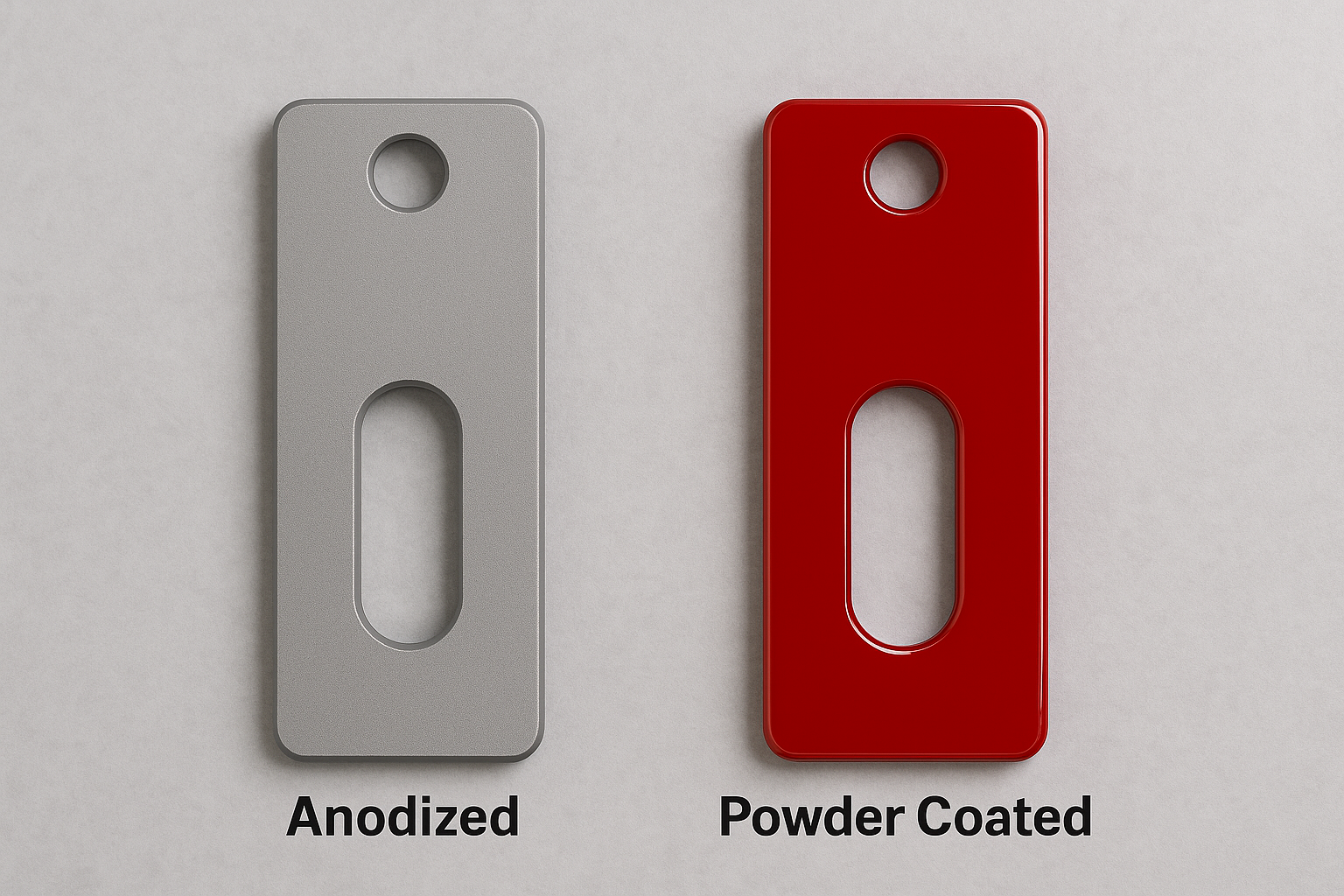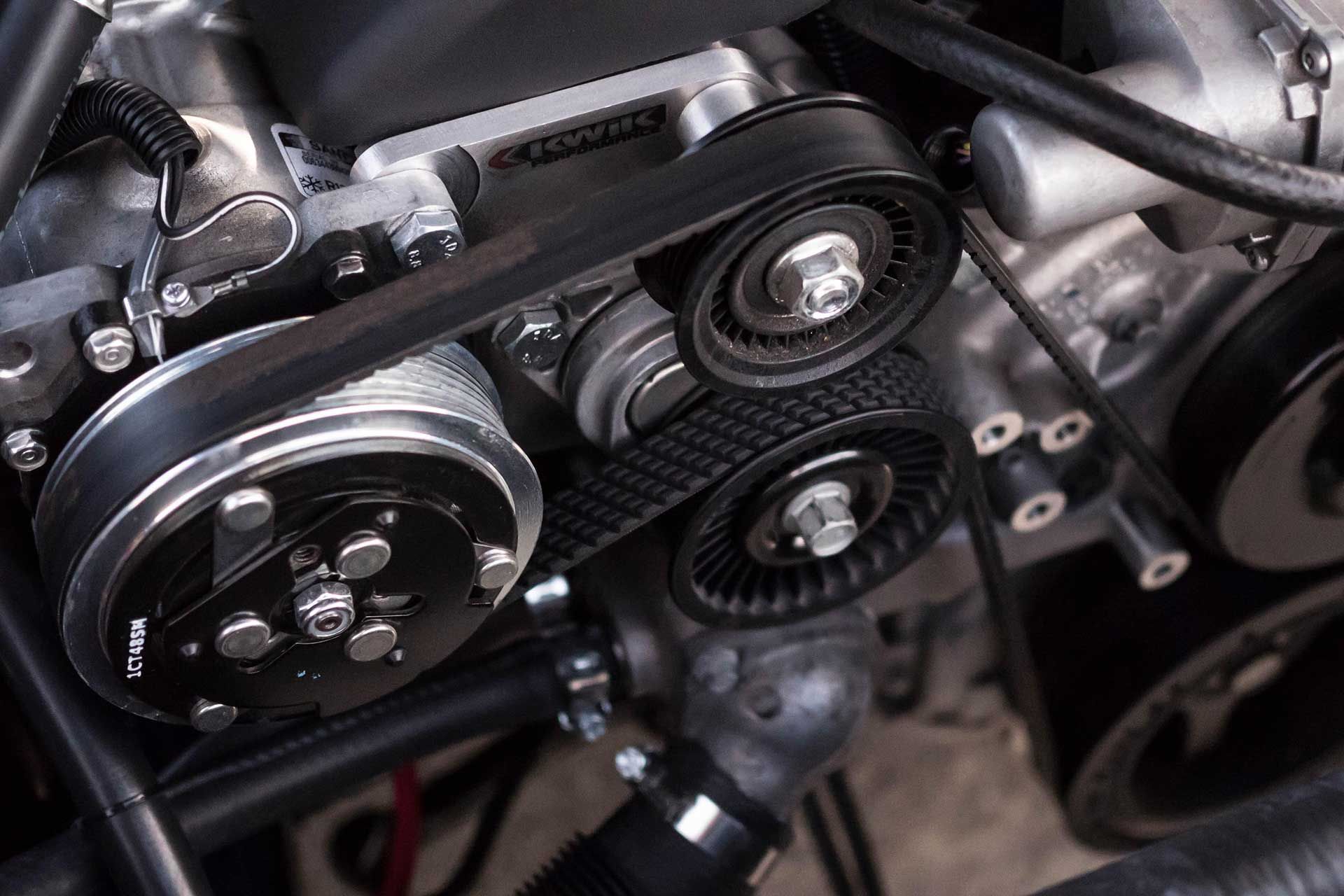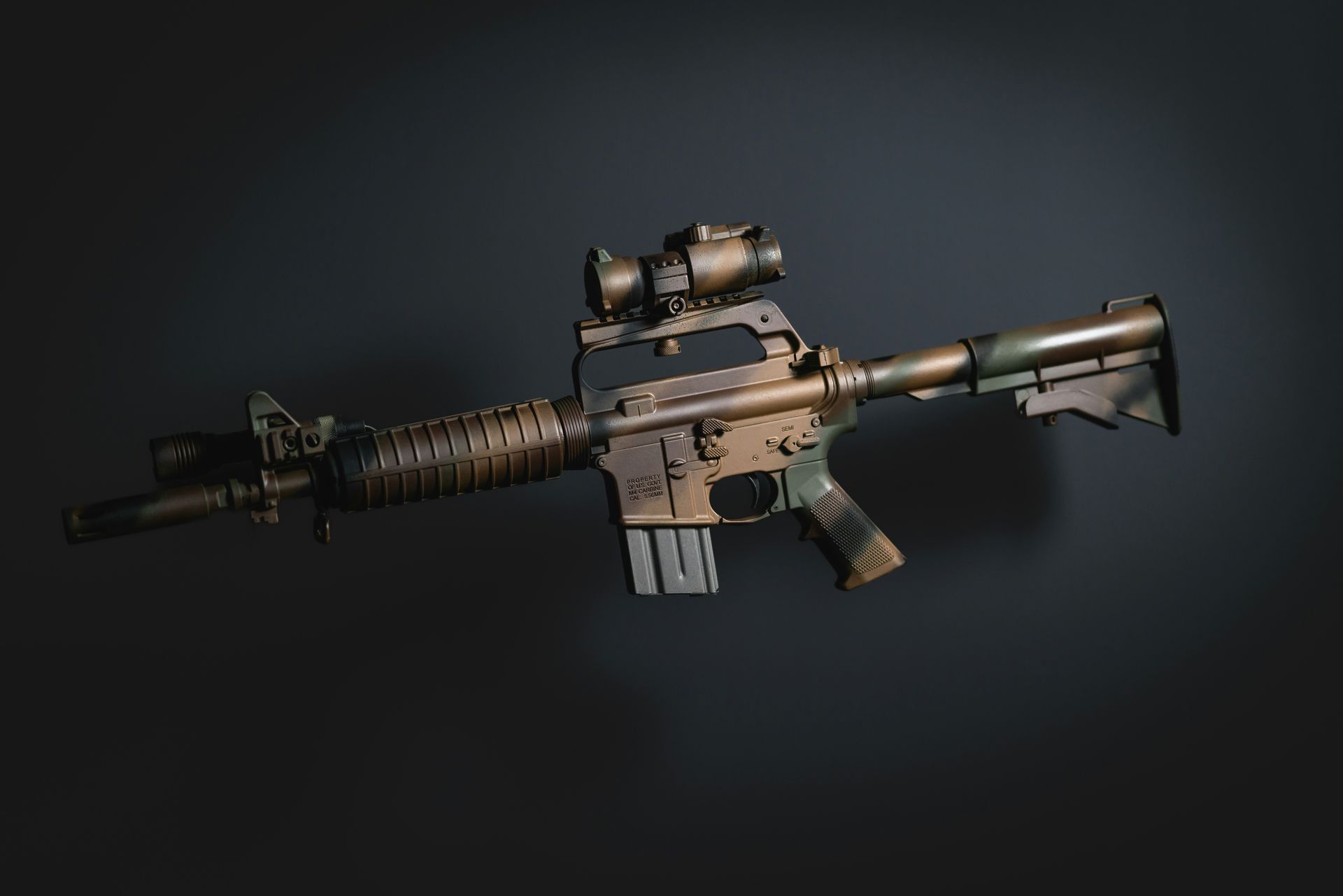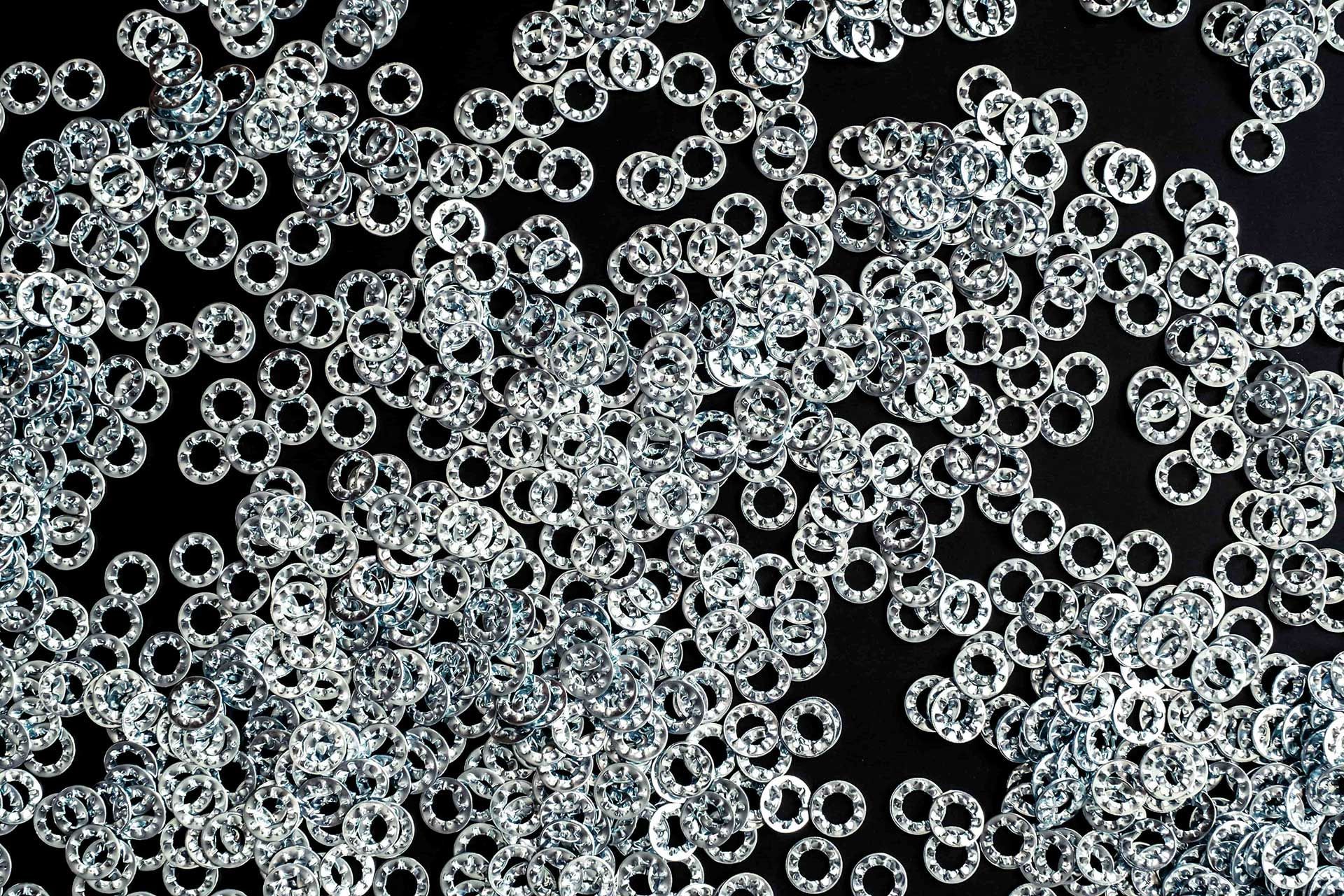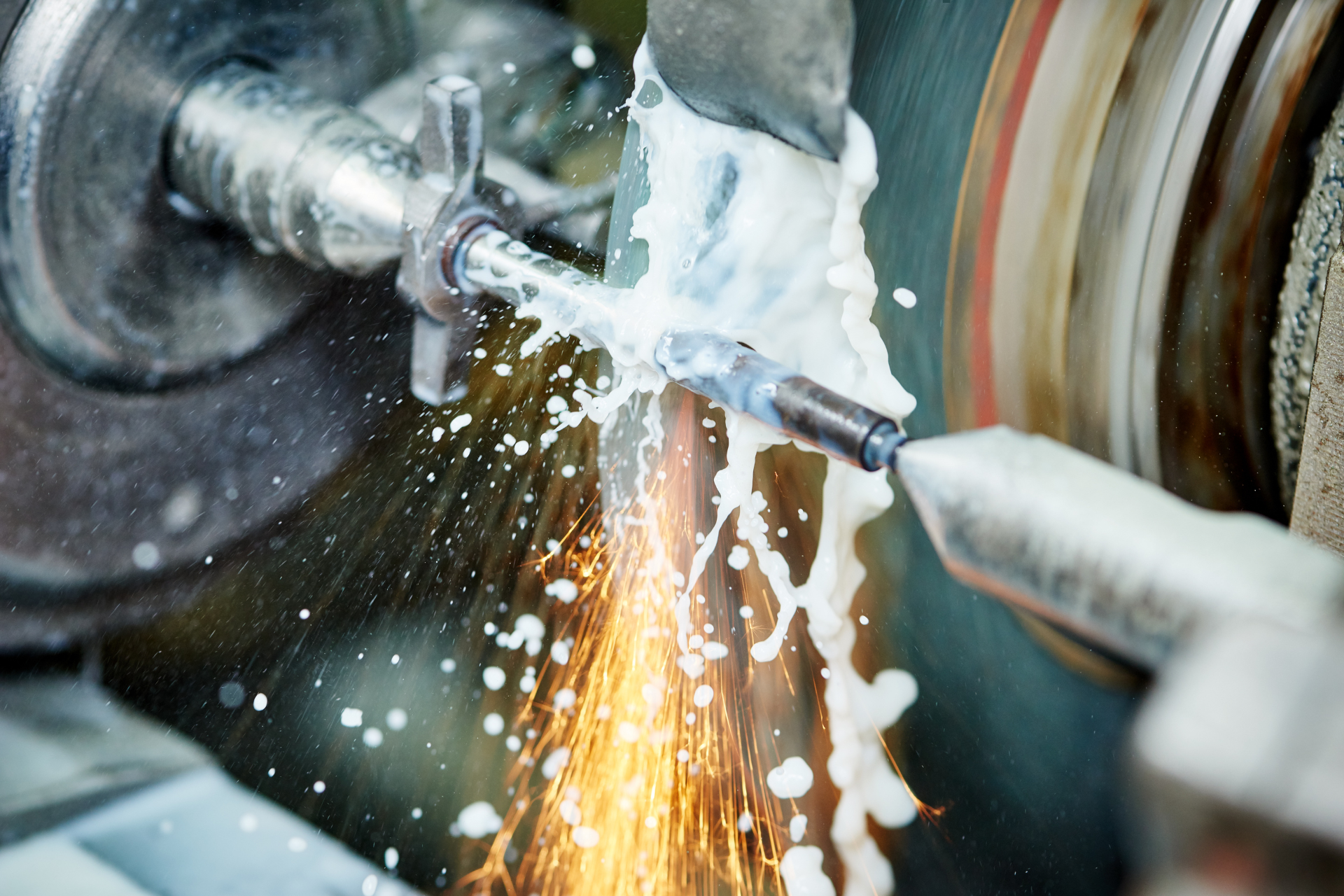A Guide to Anodized Aluminum Colors
Anodized aluminum is widely valued for its durability, color stability, and ability to enhance both appearance and performance. Through the anodizing process, aluminum develops a harder, thicker oxide layer that protects against wear and corrosion while allowing the surface to take on a broad range of colors. This combination of protection and aesthetic versatility makes anodized aluminum a preferred material across aerospace, industrial, medical, cosmetic, and consumer applications.
Color options continue to expand as processes and dye technologies advance. Understanding how anodized aluminum colors are created — and what influences the final appearance — can help engineers, manufacturers, and designers select the right finish for their component or product.
How the Color Anodizing Process Works
Color anodizing is a controlled, multi-step process that produces both visual appeal and functional value. Each stage plays a key role in developing the final appearance and durability of the coating.
Pre-Treatment and Surface Preparation
The quality of any anodized finish begins with proper preparation. During pre-treatment, aluminum is cleaned, etched, or mechanically finished to remove contaminants and establish a uniform surface.
Because anodizing builds on the existing surface, the final appearance is heavily influenced by the pre-anodize condition.
- A rough finish must be created before anodizing.
- A
bright or polished finish requires multiple preparation steps prior to the coating process.
Once the desired surface is achieved, the part moves into anodizing.
Anodizing and Oxide Layer Formation
The aluminum is submerged in an electrolyte bath and an electric current is applied. This produces a porous oxide layer capable of absorbing dyes.
Coating thickness varies by type:
- Type II (Sulfuric Anodize) is the most common choice for decorative and architectural colors.
- Type III (Hardcoat Anodize) forms a thicker, more abrasion-resistant layer with deeper pores, but its density makes it less suitable for bright or vivid colors.
The anodized layer’s porosity, thickness, and consistency directly affect color depth and appearance.
Coloring Methods for Anodized Aluminum
Several techniques can be used to introduce color into the anodized coating:
Dyeing
After anodizing, the part is immersed in a dye bath where the porous coating absorbs the color.
This method allows for:
- Light, medium, or dark tones
- High vibrancy
- Broad color customization
The final shade is influenced by pore structure, dye formulation, immersion time, and sealing method.
Electrolytic Coloring (Two-Step Anodizing)
Electrolytic coloring introduces metal salts into the pores to produce colors such as bronze, champagne, and black.
This method is ideal for:
- Outdoor architectural applications
- Components requiring excellent UV stability
- Consistent long-term color retention
Sealing for Durability and Color Retention
Sealing closes the pores to lock in dye and improve corrosion resistance. Options vary based on end use — for example, hot water sealing, nickel acetate sealing, or high-performance seals for exterior environments.
Choosing the correct seal improves:
- Colorfastness
- Abrasion resistance
- Long-term coating stability
Common Anodized Aluminum Colors
Anodized aluminum can be produced in a wide spectrum of tones, ranging from subtle neutrals to bold, saturated hues. Commonly requested colors include:
- Gold
- Blue
- Green
- Red
- Copper
- Black
- Gray
- Brown
- Purple
- Turquoise
At Light Metals Coloring, we also produce custom shades. Many base colors have multiple variations, and by coordinating closely with dye manufacturers, we can formulate special combinations that closely match a project’s target color.
While precise color matching is possible within tolerance, anodic coloring does not behave like paint. Slight shade variation can occur due to alloy composition, coating thickness, and process conditions. Working with the right finishing partner helps ensure predictable, repeatable results.
Factors That Influence Color Selection
Choosing the correct anodized aluminum color involves several engineering and aesthetic considerations:
- Base alloy: Different alloys absorb dye differently, affecting shade consistency.
- Coating thickness: Thicker coatings deepen color; thinner coatings appear lighter.
- End-use environment: Parts exposed to UV, saltwater, or chemicals may require specific dyes or sealing methods.
- Desired durability: Architectural and aerospace applications often prioritize fade-resistant electrolytic colors.
- Tolerances: Critical parts may require tight thickness control to maintain functional dimensions.
Understanding these factors ensures the final coating meets both design and performance requirements.
Industries That Use Colored Anodized Aluminum
Anodized aluminum colors support a wide variety of functional and aesthetic needs across industries, including:
Firearm Components
Upper and lower receivers, buffer assemblies, slip rings, charging handles, and magazines often rely on anodizing for wear resistance and reliable surface hardness. Color coding can assist with assembly identification or branding.
Aerospace Components
Commercial and military aircraft use anodized finishes for corrosion resistance, weight management, and surface durability. Colors support part identification, maintainability, and safety requirements.
Automotive Components
Engine parts, brake components, and wheel spacers benefit from anodized coatings that resist heat, corrosion, and wear while offering customizable colors.
Medical Components
Surgical instruments, dental tools, and medical device housings use anodized colors for identification, cleaning visibility, and non-conductivity.
Marine Components
Fishing equipment, marine hardware, and boat accessories rely on corrosion-resistant anodizing suitable for saltwater exposure.
Cosmetic Packaging
Makeup and fragrance packaging often uses anodized aluminum for its premium look, fingerprint resistance, and color variety.
Color Anodizing at Light Metals Coloring
The possibilities with anodized aluminum colors are extensive, and choosing the right finishing partner is essential for achieving consistent, high-quality results.
Light Metals Coloring offers decades of expertise in color anodizing, including advanced dye technology, precise process control, and the ability to produce both standard and custom shades. Our team supports projects across aerospace, medical, automotive, consumer, and industrial markets.
To discuss your requirements or explore anodizing options for upcoming projects, contact our finishing specialists and learn how LMC can support your next production run.
Frequently Asked Questions
What colors can anodized aluminum be?
Anodized aluminum can be produced in a wide range of colors, including natural metallics, pastels, saturated hues, and deep blacks, depending on the dye or coloring method used.
Does anodized aluminum color fade?
With proper sealing and the right dye or electrolytic process, anodized colors remain stable for many years, even in outdoor environments.
Is color matching possible with anodized finishes?
Yes, but exact paint-style matching is limited; alloy composition and coating thickness influence final color. Experienced finishers can achieve tight shade tolerances.
Which anodizing type is best for bright colors?
Type II is typically used for vivid decorative colors, while Type III hardcoat is used when abrasion resistance is the priority.
Can anodized aluminum be used outdoors?
Yes. Electrolytic colors and high-performance seals provide excellent UV and weather resistance for architectural or marine exposure.
